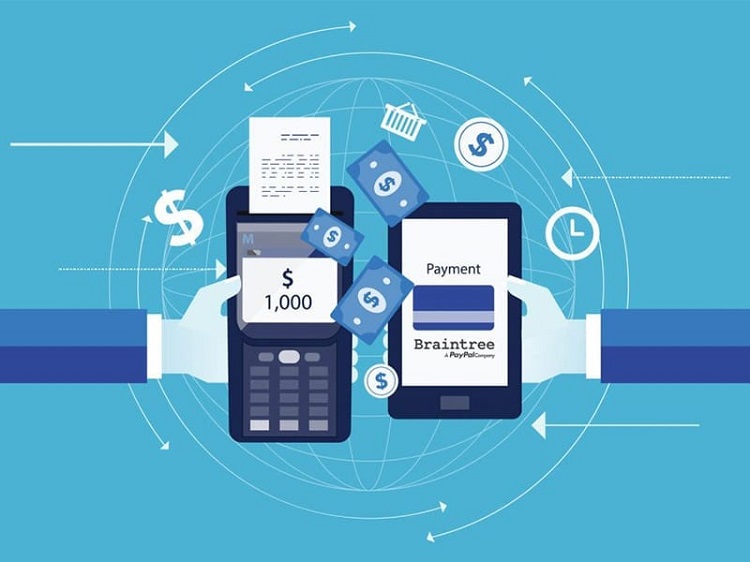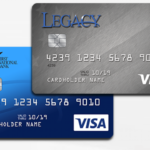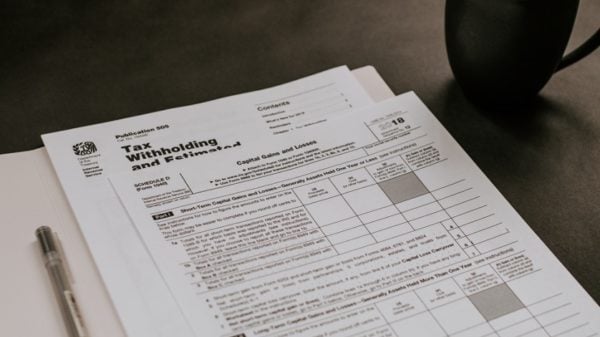In the banking industry, ACH is the acronym for Automated Clearing House, the term used for a collective network of systems that facilitate payments and electronic funds transfer within the United States. The ACH is a network of payment systems run by the National Automated Clearing House Association (NACHA).
How Does the ACH Work?
An ACH transaction is similar to a transaction based on paper checks where an individual or institution will pay another individual or institution. However, with ACH transactions, the payment is completed digitally. ACH transactions are also known as electronic funds transfers (EFTs) and electronic checks (eChecks). To explain it simpler, ACH is a means to move money between banks, institutions, and individuals without using any paper checks, cash, and wire transfers.
The ACH Network serves as a channel where institutions and individuals can transfer money or funds from one bank account to another for whatever purpose, such as direct payments, salaries, deposits to government, business-to-business (B2B) transactions, or customer-to-business (C2B) transactions.
Before an ACH transaction can occur, an individual or entity must make a payment or direct deposit using the ACH network. This individual and entity should authorize banks and other financial institutions to request money transfer from the account to theirs. The clearinghouse’s role is to keep the funds safe by ensuring that the banks requesting funds are authorized by the account owner.
ACH payments may allow an individual or entity to complete these following transactions:
• Payment for a service provider. Customers can enrol in an ACH network to pay for a service provider. This way, the service provider will receive payments even if they are not around to hand over a paper check.
• Payment for Salaries. Employers can set up an ACH system where their employees will receive their salaries digitally.
• Payment for Supplies. Companies can use the ACH system for recurring payments to regular suppliers of materials.
• Transfer of Funds. Individuals may also use the ACH network to transfer funds from one bank account to another without physically withdrawing the cash.

ACH is the faster way of completing financial transactions
What are the Benefits of ACH?
The ACH Network process financial transactions by batches at regular intervals throughout the day. This schedule allows for faster completion of online transactions. On average, a debit transaction will be processed within one business day, while credit transactions will be completed within one to two business days. As of this writing, the NACHA has promised to improve its operating rules to complete transactions within the same day.
The ACH will allow for faster completion of financial transactions. For employees, this will be beneficial since they will have quicker access to their salaries. Before ACH, an employee will receive a check from an employer; the employee will go to the bank to either deposit or cash-in the check. If the employee deposits the check, it will take an average of 3 banking days for the check to clear and reflect in the employee’s bank account.


































































